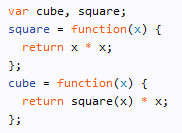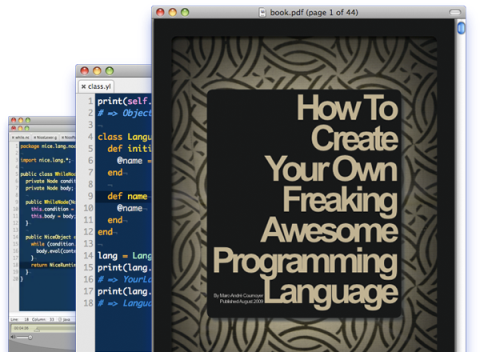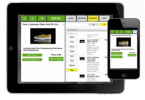A programming language is a set of rules and conventions used to describe a program to a computer. In other words, a programming language is a set of instructions that a programmer uses to tell a computer what to do. These instructions can be as simple as adding two numbers together or as complex as running a machine-learning algorithm. Some examples of programming languages include C++, Python, Java, and JavaScript.
How are programming languages created?
Creating a programming language is a complex process that involves several stages. Here are the key steps involved in creating a new programming language:
1. Define the language’s syntax
The first step in creating a programming language is to define its syntax. Syntax refers to the set of rules and conventions that govern how the language is written. For example, many programming languages use parentheses to group together parts of a statement, while others use curly braces. The syntax of a language defines how it will be structured, and is one of the most important aspects of a language.
2. Choose the language’s features
Once the syntax is defined, the next step is to choose the language’s features. These features might include support for object-oriented programming, concurrency, or functional programming. The language’s features determine what can be done with the language, and what it can be used for.
3. Create a compiler or interpreter
Once the language’s syntax and features are defined, the next step is to create a compiler or interpreter. A compiler is a program that takes source code written in a programming language and converts it into machine code that can be executed by a computer. An interpreter, on the other hand, executes the source code directly. The choice between a compiler and an interpreter depends on the needs of the language.
4. Test the language
The final step in creating a programming language is to test it. This involves writing programs in the language and making sure they run correctly. Testing also involves checking the language’s performance, scalability, and security. Once the language has been thoroughly tested, it can be released to the public.
Overview
Recently I read about Google’s new open-source programming language called Go.
For more details check out Golang.org
With so many programming languages to choose from such as C / C++, Python, and Java; Google developed Go with an intention for the language to be FAST, about a few seconds to build a large executable on a single computer!
During my programming days, I can still remember that it took so long to compile our program that I could go make myself a cup of coffee, come back and it’s still processing.
Of course these days, most languages support incremental compilers which have improved compiling times tremendously, especially with the help of faster and more efficient computer processors.
Here is a video made by Google Go’s team on the Go programming language:
From the responses that I’ve read, some think that we have way too many languages to deal with already while some hard-core developers really enjoy the new programming styles, syntaxes, and benefits a new language brings.
If you’re a hardcore developer, have you ever thought of creating your very own programming language for your own usage as well as for others to benefit from?
Think about it! Once you’re done creating your own programming language, you could give it a really cool name like:
- WarepriseScript 🙂
- MySuperCoolScript 🙂
- CoffeeScript (this is real!)
- Phlower (this is also real!)
There are several reasons why people would want to create their own programming languages:
- Fewer codes to read and write.
- Improve and extend the capability of existing languages.
- Impress your employer and peers with a resume that states: I created my own programming language!
Besides impressing others, the first point is particularly useful for developers who are in the business of developing their own applications.
With your own language, you can define how certain functions work to your liking. For example, which is better to look at?
This?

Or this simple 2 liner of your very own code that translates to the above?
![]()
The scripts above are the outcome of CoffeeScript as developed by Jeremy Ashkenas.
If you too would like to be able to create your very own programming language, then I would highly recommend that you read this ebook – How to create your own programming language by Marc-André Cournoyer.

The eBook will walk you through the steps of language building.
Some of the key subjects which are covered include:
- Lexer, with Python-style indentation
- Parser, using Racc
- Runtime, bootstrapping and self-hosting
- Compilation using LLVM
- and much more.
Once you’re on CreateYourProgLang.com, you can also download the full table of contents and a sample chapter.
Hey, if you do read the book and end up creating your very own programming language, feel free to share it with the rest of us here.
Till then, happy programming!





Leave a Comment